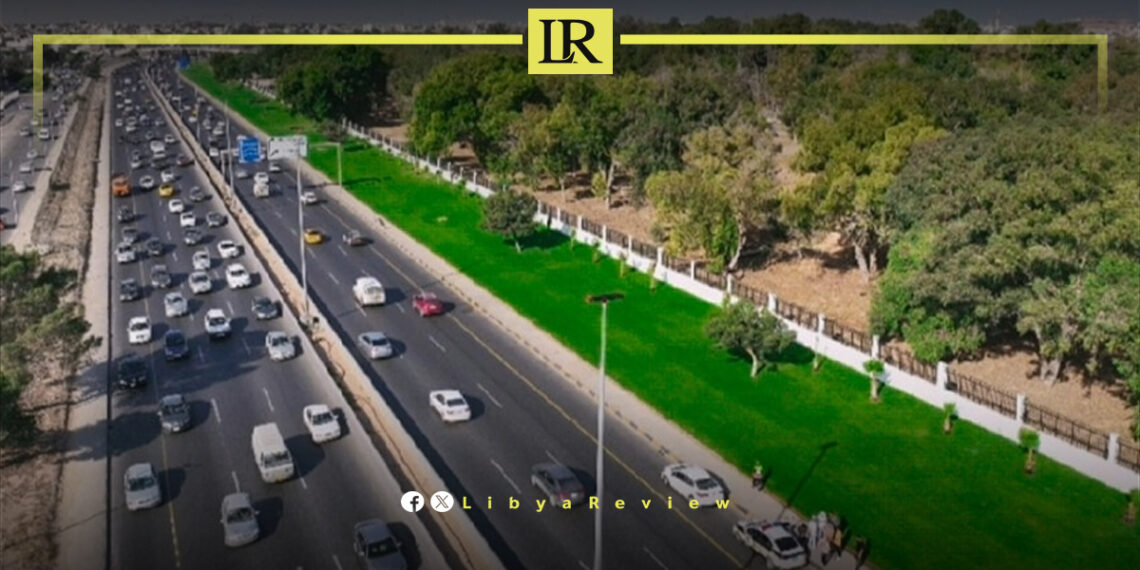On Wednesday, the Tripoli Security Directorate in Libya launched a new aerial ambulance service along the city’s main highway, aimed at rapidly transporting accident victims to nearby hospitals.
The new service will be available westbound on the highway, starting after the Al-Khushrea Bridge, where emergency teams will conduct a simulation to demonstrate the process of airlifting injured patients from accident scenes to local medical facilities.
In a major advancement for Libya’s emergency medical services, the Tripoli Security Directorate has announced the launch of an aerial ambulance service specifically targeting high-traffic areas on Tripoli’s main highway.
This service, the first of its kind in Libya, is designed to rapidly transport accident victims to nearby hospitals, providing essential medical care within critical minutes. The new aerial ambulance will operate westward on the highway from the Al-Khushrea Bridge, a high-incident area due to heavy traffic and frequent accidents.
According to the Tripoli Security Directorate, the aerial ambulance service will be inaugurated with a live simulation, demonstrating how injured patients will be airlifted directly from the accident site to medical facilities. This marks a significant step toward modernizing Libya’s healthcare infrastructure and tackling the challenges of delivering swift emergency care in congested urban areas.
The initiative is a collaborative effort involving Tripoli’s Security Directorate, the Aerial Ambulance Service, the Emergency Medicine and Ambulance Authority, and the Public Services Company. Officials hope this new service will not only enhance the speed of response but also reduce the time it takes for accident victims to reach hospitals, directly impacting survival rates and patient outcomes.
Libya’s healthcare system has faced numerous obstacles over the past decade, primarily due to political instability and security issues that have hampered the development of infrastructure, especially in the healthcare sector.
Rapid urbanization in Tripoli and increased vehicle traffic have led to more frequent road accidents, overwhelming traditional ambulance services that often struggle to navigate congested roads. In severe cases, delays in reaching medical facilities can mean the difference between life and death, highlighting the urgent need for improved emergency response capabilities.
The introduction of the aerial ambulance service in Tripoli reflects Libya’s commitment to addressing these challenges. Equipped with trained paramedics and essential medical equipment, the aerial ambulance provides a solution for quickly transporting patients from the scene of an accident to nearby hospitals without being hindered by traffic or road conditions. In high-density urban areas like Tripoli, where road congestion is common, this service promises to be a game-changer for emergency medical care.


